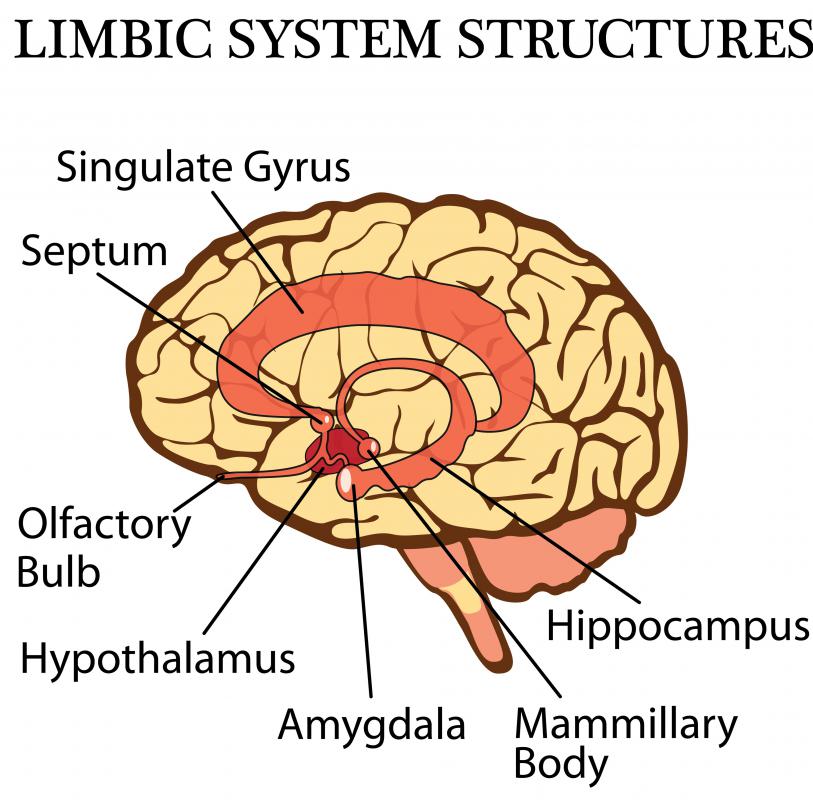At WiseGEEK, we're committed to delivering accurate, trustworthy information. Our expert-authored content is rigorously fact-checked and sourced from credible authorities. Discover how we uphold the highest standards in providing you with reliable knowledge.
What Is Hypergraphia?
Hypergraphia is a term used to describe an overwhelming and often uncontrollable urge to write. This condition is believed to be caused by a variety of factors, including certain forms of epilepsy, and may also be present in some who have bipolar disorder. Some families seem to have a higher rate of hypergraphia than the general public, although the exact cause for this is not clearly understood. While this condition can be burdensome for some, hypergraphia is not technically considered to be a disorder and does not typically require any type of treatment.
In an attempt to understand the potential causes of hypergraphia, it is important to know a little concerning the way the brain works. The urge to write is largely governed by the limbic system, the area of the brain responsible for controlling emotion as well as the need for communication. The temporal lobes of the brain are found behind the ears and are connected to the limbic system. Thoughts and ideas are organized by the temporal lobes, and changes in the brain waves associated with this area of the brain are thought to lead to the development of hypergraphia in some people.

A type of epilepsy known as temporal lobe epilepsy is one potential cause for the development of hypergraphia. This type of seizure disorder causes interruptions and changes to the brain waves and may contribute to the overwhelming compulsion to write. Abnormal lesions affecting the temporal lobes are often responsible for this form of epilepsy, although there may be a genetic component as well because this condition sometimes seems to run in families. Temporal lobe epilepsy often involves hallucinations related to emotions, voices, or music and can range in severity from mild to severely incapacitating. Prescription medications may sometimes be able to control this type of epilepsy and its associated symptoms.

Those with psychological disorders such as bipolar disorder or schizophrenia may also have an increased risk of developing hypergraphia. This is especially true among those who are not being medically treated for the disorder. Certain forms of dementia may also be associated with hypergraphia. There is no specific treatment available for this condition, and several people throughout history have turned this uncontrollable urge to write into a lucrative career. Many with this condition simply carry around a notebook and writing utensils so that they can write down whatever comes to mind any time that the urge to write is there.
AS FEATURED ON:
AS FEATURED ON:

















Discuss this Article
Post your comments